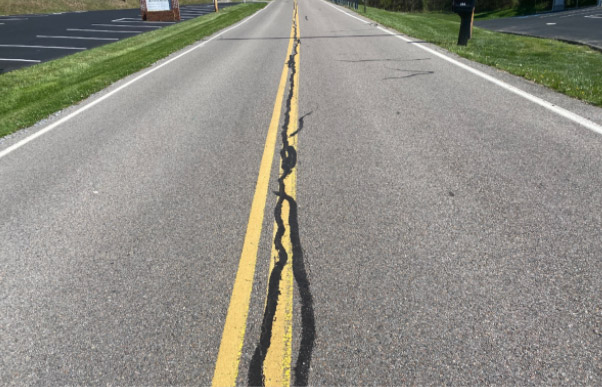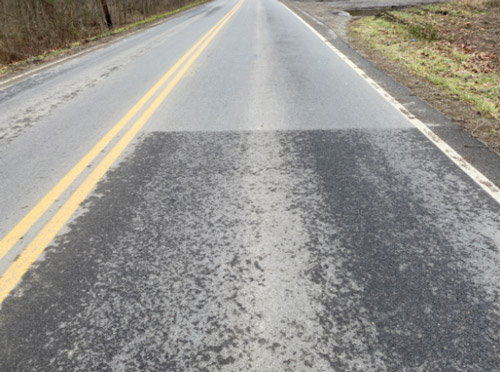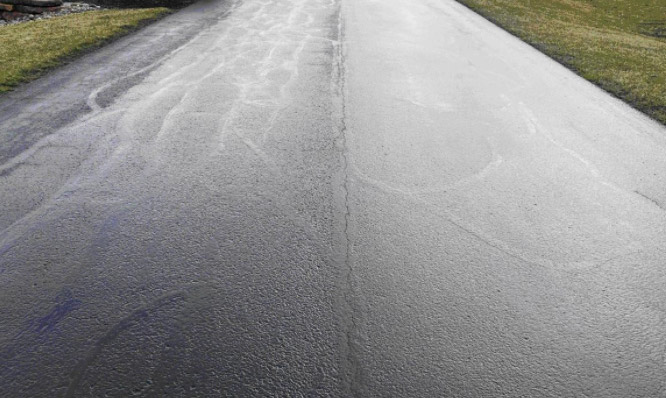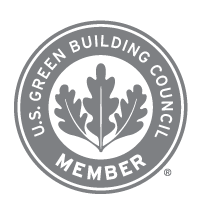Road Surface Treatment Q&A
Category: Blog Articles By: Zack Helm
Introduction
Construction season is starting to ramp up quickly and whether I am talking to agencies in person or through Zoom, one common theme I am starting to find is that preventive maintenance is becoming top-of-mind for agency officials.
Many of the conversations I’m having include questions regarding the different pavement surface treatments and their uses within municipality or county maintenance programs. These applications are important because they can have many benefits to a pavement, such as protecting it from weathering, delaying and minimizing cracking, and correcting pavement distresses like raveling or rutting. For the purposes of this article, I thought I would address three of the more common questions I receive regarding these different surface applications.
What are the most cost-effective surface treatments available to an agency?
Road surface treatments within a preventive maintenance program are looked at as a cost-effective strategy to increase pavement life. However, some are more affordable than others.
Each agency needs to understand their community’s pavement condition rating to determine the most effective strategy. However, for the purposes of this article, I think it is important to discuss two applications that I believe every agency should start to incorporate: asphalt rejuvenation and crack seal. Both applications have been studied for decades and have proven to greatly extend pavement life.
Rejuvenation and crack seal are best used within the first three to seven years of a pavement’s life cycle; generally, these treatments are less than $1.00/sy applied. Typical pavement life extension is from three to five years with either of these approaches, and since these two treatment options can be used in conjunction with one another, even greater life expectancy can be expected.
The biggest concern I see with crack seal is candidate selection. The purpose of this surface treatment is not to obliterate the roadway with material. You want to get to the pavement relatively early and address the main construction joint and early transverse cracking. Below is a great example of proper crack sealing job that was done early on.

How effective are maltene-based rejuvenators at sealing pavements?
Maltene-based rejuvenators are field- proven in nearly 50 years of pavement application to improve the binder chemistry of the asphalt while delaying and minimizing cracking and raveling. One of the other benefits of maltene-based rejuvenators is the ability to keep moisture from getting into the asphalt. There is no better example than to see a treated section of pavement after a rainfall, vs. an untreated pavement. Below is a roadway that had a maltene-based rejuvenator applied two years ago. The photo was taken just 30 minutes after a rain, and the difference between the treated and untreated pavement is dramatic.

What is the difference between a black surface seal (like a fog coat) and a rejuvenator?
I get this question a lot throughout the industry, and with good reason. Many black surface applications contain the verbiage “rejuvenate.” Let me first state that I believe black surface treatments and rejuvenators are both good applications that should be looked at as effective tools to maintain agency roadways. Nevertheless, lumping both applications into a single category can be misleading.
Fog coats are highly diluted, slow-setting asphalt emulsions that are black in color. Most often, they are placed on top of a chip seal to help lock in the aggregate and give a nice dark appearance for the residents. Some are even placed on top of asphalt pavements as way to help protect the pavement from weathering. However, I see contractors and vendors use the term rejuvenation loosely with these applications.
Remember, a true rejuvenator will penetrate the asphalt and improve the binder chemistry in the pavement. It will also help to make the asphalt more ductile and to seal the pavement from within. Rejuvenators are most often recommended for application earlier in a pavement’s life cycle.
Black surface treatments such as fogs or mastic surface emulsions do not penetrate the asphalt nor alter the chemistry. They are a topical seal and are usually used later in a pavement’s life cycle, in comparison with a rejuvenator.
Look at the picture below. This agency placed a black surface treatment on their road back in 2014. However, prior to using the surface seal, they sprayed the right side of their pavement with a maltene-based rejuvenator, which they did not apply on the left, so they could compare results.
This picture was taken in the spring of 2021 (seven years later). You can tell the side with the rejuvenator is in considerably better shape than the untreated side. The rejuvenator was also half the cost of the black surface treatment.
If this agency could go back and do it again, a better approach would be to use the rejuvenator on the entire roadway, and then postpone using the topical black pavement sealer until later in the pavement’s life cycle. Unfortunately, sometimes our public works officials receive pressure from legislative bodies to give their roads an attractive, shiny black appearance. While this is of some curb-appeal benefit for residents, we must also look at functionality prior to making pavement preservation decisions.

Conclusion
Road surface treatments play an important role for public works professionals with tight budgets looking for ways to extend pavement life. Before trying to implement various surface treatments, the first line of business is to understand the condition of your overall network. From there you can start to develop a plan and run various scenarios to see which application will benefit your agency the most.
Also, do not be afraid to question individual pavement solution providers about the cost-to-benefit value of the options they provide. It’s tempting to look at these individuals as pure “product salesmen.” Though it’s certainly true that product distributors want your business, they don’t get much benefit from a one-year contract. Long-term relationships only develop when pavement preservation partners achieve your goals by applying the right products with a high level of customer service.







